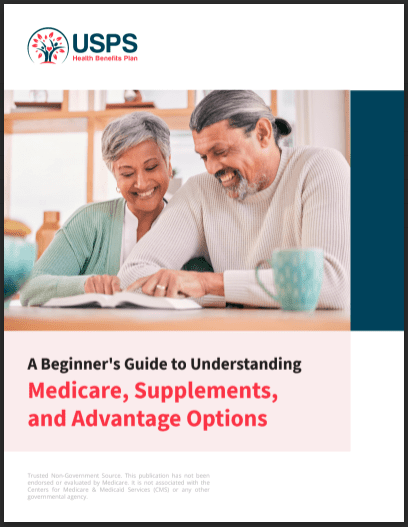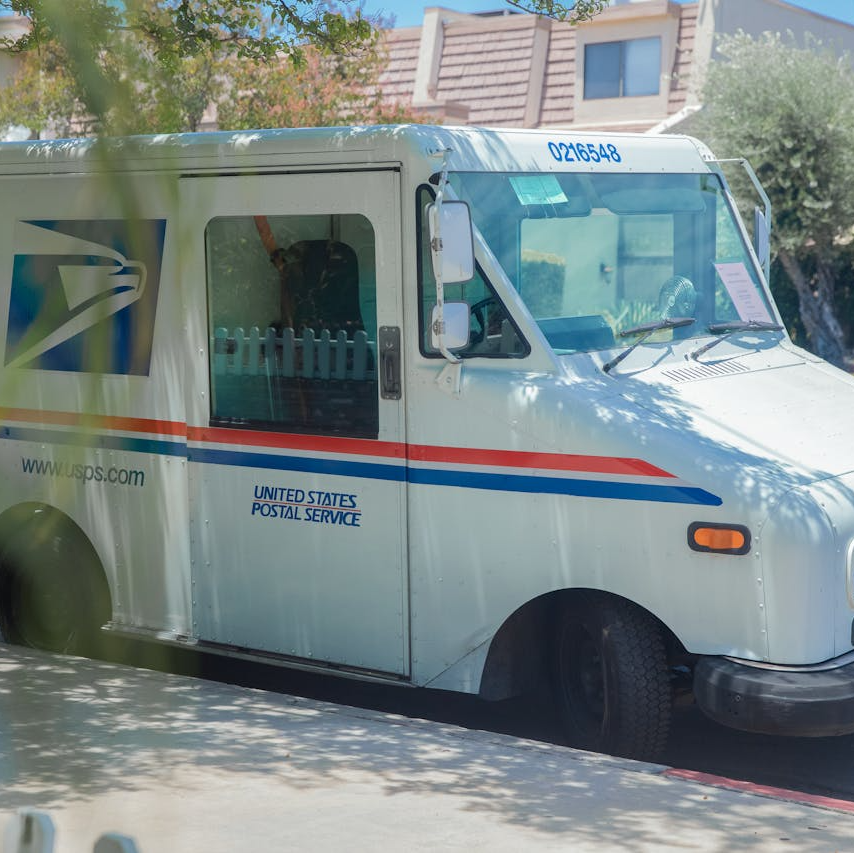Key Takeaways
-
Open Season is the only annual window for USPS employees and retirees to make crucial changes to their health benefits. Missing it means waiting a full year unless a qualifying life event occurs.
-
For 2025, strategic plan selections during Open Season are especially important due to the transition to the Postal Service Health Benefits (PSHB) Program.
Understanding What Open Season Really Means
Each year, from mid-November to mid-December, USPS employees and retirees are given a unique opportunity to reevaluate their health benefits. This timeframe, known as Open Season, is not just a casual reminder to check your coverage. It is the only consistent, scheduled opportunity you have to make changes to your health plan without needing a qualifying life event.
For 2025, Open Season carries even greater importance due to the PSHB program’s implementation. It’s no longer just about comparing plans—it’s about understanding how the switch from FEHB to PSHB affects your options, your premiums, and your long-term retirement health strategy.
Who Needs to Pay Attention in 2025
Whether you’re an active USPS employee, newly retired, or someone who’s been receiving annuity checks for a while, Open Season applies to you if:
-
You are enrolled in or eligible for USPS health benefits.
-
You have dependents who rely on your health coverage.
-
You are Medicare-eligible or nearing Medicare eligibility.
The PSHB program is mandatory for Postal employees and annuitants beginning January 1, 2025. This shift means your current coverage may automatically transition, but that doesn’t mean it’s the best fit for your needs.
What You Can Do During Open Season
During Open Season, you have the right to:
-
Enroll in a new PSHB health plan if you are currently not enrolled.
-
Switch to a different PSHB plan that better suits your current needs.
-
Change your enrollment type (Self Only, Self Plus One, or Self and Family).
-
Cancel your enrollment if you have other qualifying coverage.
These changes become effective January 1, 2026, unless you experience a qualifying life event that allows changes outside the standard window.
Why You Can’t Afford to Miss It
Missing Open Season isn’t just inconvenient—it locks you into your existing coverage for another year. Even if your plan’s benefits have changed, or your health needs are different now, you’ll have to wait until the next Open Season unless you:
-
Get married or divorced
-
Lose other coverage
-
Have a child or adopt
-
Move to an area with different available plans
In the absence of these changes, your choices made during Open Season remain binding.
What’s Changing with PSHB in 2025
The PSHB program replaces FEHB for Postal Service employees and annuitants. While many plan names remain familiar, the structure, coordination with Medicare, and drug coverage options are being revised. Here are some key PSHB features you should know:
-
Mandatory Medicare Part B Enrollment: If you’re a Medicare-eligible Postal retiree, you are now required to enroll in Medicare Part B to keep your PSHB coverage unless you fall under specific exemptions.
-
Prescription Drug Coverage: Your PSHB plan automatically integrates with a Medicare Part D EGWP (Employer Group Waiver Plan), offering a $2,000 annual out-of-pocket maximum and other enhanced protections.
-
Premium Sharing: While the government still covers roughly 70% of the plan cost, your share could vary based on enrollment type and plan selection.
Medicare Coordination Matters
If you are turning 65 or already have Medicare, Open Season is when you should review how your PSHB plan works with Medicare Parts A and B. Plans may:
-
Waive deductibles when both PSHB and Medicare Part B are in place.
-
Reduce copayments and coinsurance.
-
Offer reimbursements for some or all of your Part B premium.
However, not all plans offer the same coordination features. This is why your decision during Open Season is more than just administrative—it’s financial and medical.
Questions to Ask Yourself Before Making a Choice
Before you make your final enrollment decision, consider the following:
-
Has your health changed in the past year?
-
Are you anticipating surgeries, hospital visits, or ongoing treatments?
-
Has your family size changed?
-
Are you or your spouse nearing Medicare eligibility?
-
Do you need broader prescription drug coverage or specialist access?
These questions can help you zero in on a plan that meets both your current needs and anticipates future changes.
Where to Go and What to Use
If you’re a USPS employee, you make your changes through LiteBlue. If you’re a retiree or annuitant, you use KeepingPosted.org. Make sure you have your login information ready well in advance of the Open Season start date.
You can:
-
Use plan comparison tools provided by OPM.
-
Review brochures and summary of benefits for each plan.
-
Speak to your HR department (if employed) or a benefits counselor.
Timing and Deadlines to Know
For 2025, Open Season runs from mid-November to mid-December. Any changes made during this period go into effect on January 1, 2026. No exceptions are made for late submissions unless you qualify for a Special Enrollment Period.
Don’t wait until the last few days. Systems can slow down due to heavy traffic, and you may need extra time to compare plans or clarify eligibility.
What If You Do Nothing?
If you don’t make any changes, you’ll be automatically enrolled in a corresponding PSHB plan. But automatic enrollment isn’t the same as smart enrollment.
-
Your current plan’s features may no longer be the same under PSHB.
-
Cost-sharing may be higher than expected.
-
Medicare coordination might not be optimized.
Default options rarely offer the best value. Even if you’re satisfied now, reviewing plan changes is the only way to be sure.
Special Enrollment Exceptions
Outside of Open Season, plan changes are only allowed if you experience a Qualifying Life Event (QLE). These include:
-
Marriage or divorce
-
Death of a family member
-
Birth or adoption
-
Change in employment or retirement status
-
Moving to a location where your current plan isn’t available
These exceptions allow 30 to 60 days for plan changes, depending on the event.
Retirees: Pay Attention to Premium Deductions
If you’re retired, your premiums are deducted from your monthly annuity. The amount you pay may increase in 2025 depending on the plan selected. Reviewing cost changes during Open Season ensures your retirement income isn’t unexpectedly reduced by higher premium costs.
-
Check your 2025 annuitant share: Self Only, Self Plus One, and Self and Family options all have different costs.
-
Factor in prescription costs and potential savings with Medicare.
Benefits Are Not One-Size-Fits-All
PSHB plans in 2025 differ significantly in terms of:
-
Network size
-
Specialist availability
-
Drug formularies
-
Deductibles and copays
-
Medicare coordination
Take the time to find what works for your health and budget. One plan might be ideal for a single employee with few medical needs, while another is better for a retiree with multiple prescriptions and Medicare enrollment.
Make It Count This Year
The shift to PSHB has brought big changes, but Open Season still gives you control. Your health benefits shouldn’t be left to auto-enrollment or old assumptions. Take advantage of this once-a-year window to align your coverage with your life.
Speak to a licensed agent listed on this website for help reviewing your options and making a confident decision.











